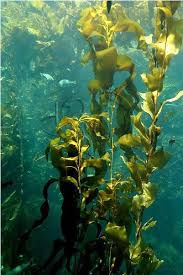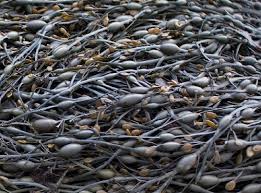Aerating
Aerating is the process in which plugs, or cores, are removed from the soil. This increases the soils air supply and can aid the plants respiratory actions. Carefully timed in the spring, just as the grasses are starting to grow roots, aerating can be very beneficial to an urban lawn. Primarily if the soil is compacted, or low in beneficial microorganisms.

Having said that, cutting cores out of the soil does deliberate damage to the root systems of the plants. If not kept in check, over-aerating or aerating too often, with big heavy machines, will have a detrimental effect on the soil. Really, aerating should be an occasional thing to relieve compaction. It can also be a means to inoculate the soil with beneficial microorganisms. Annual or semi-annual aerating is not only unnecessary, but will damage the soil in the long run.

At Eat MY Shrubs, we recommend to aerate in the early spring. Only if the soil really needs it. While the holes are open, top-dress with a good quality compost, or a compost soil mix, compost tea, or effective microorganisms.
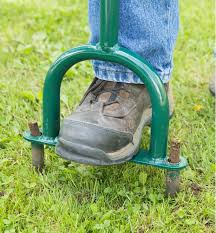
*Special note* compost tea and effective microorganisms do not really like strong ultra violet rays. So, if going that route, best do it on a cloudy day, or late in the day. This will avoid killing everything you are adding to the soil, before they can take cover under the surface.
Power Raking
Power raking on the other hand, is not necessary and WILL damage your soil in a very short time. It is non-discriminate. The power rake tears up both dead and living plant material. By cutting, ripping, or generally disturbing living roots, it effectively kills more grass. Power raking begets more power raking. Don’t do it. If really necessary in a localized area of the lawn, a hand thatch rake can be used.
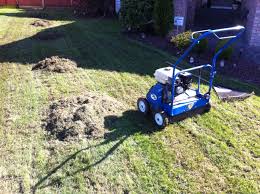
To much thatch in a lawn can be an issue as far as water and air getting to the soil. But, if there is an overgrowth of thatch in the lawn, that is telling us there is not enough microbial activity in the soil. The thatch on the soil surface, made up from dead plant material, should be broken down, eaten, and decomposed by these microbes and other small creatures. Therefore, returning all those nutrients back to the soil.
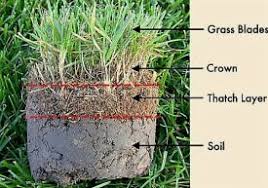

I recommend aerating in this scenario. While the holes are open, top-dress with a really good quality compost, and take every effort to ensure it gets into the holes. There are also specific microbes that you can add to your compost that especially consumes thatch. If you really wanted to go the extra step I would time it so that the final stages of cleaning up happen as a light rain starts.
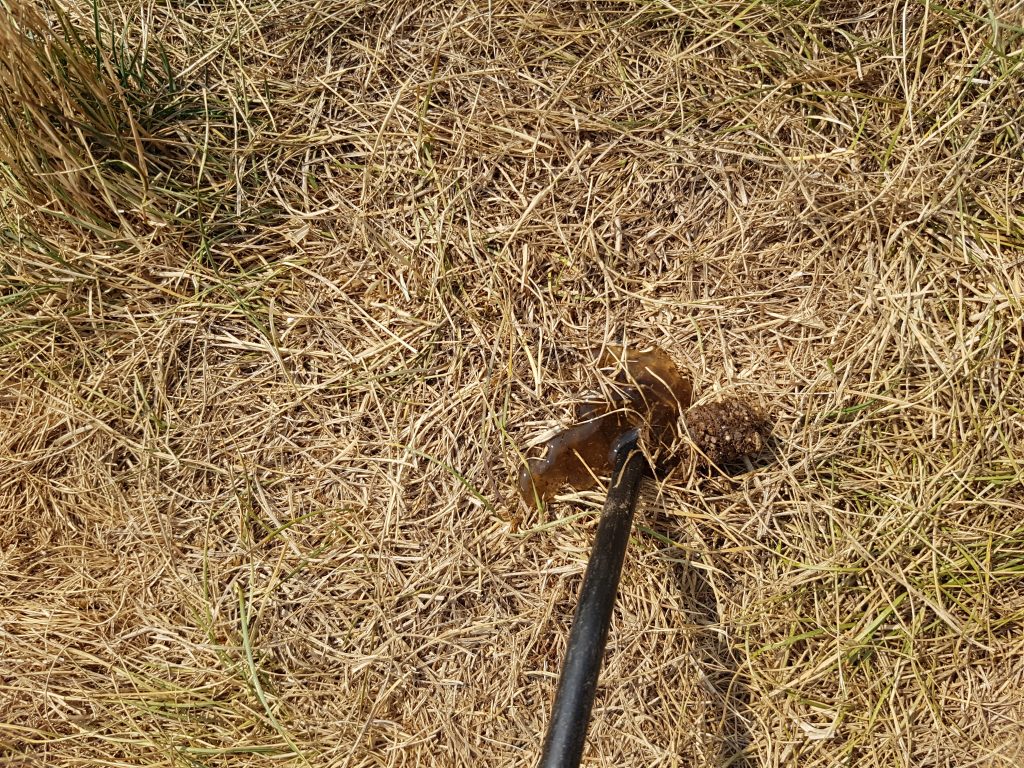
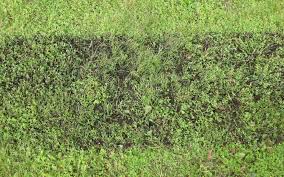
Use a sprinkler that aerates the water as much as possible, and gives the water as much time in the air to allow the chlorine to escape.
If you are using a municipal water supply remember that chlorine will kill all the microorganisms in the compost.

Collect rainwater people! If for no other reason but to irrigate your property. You will be less likely to need aerating and power raking in the future

